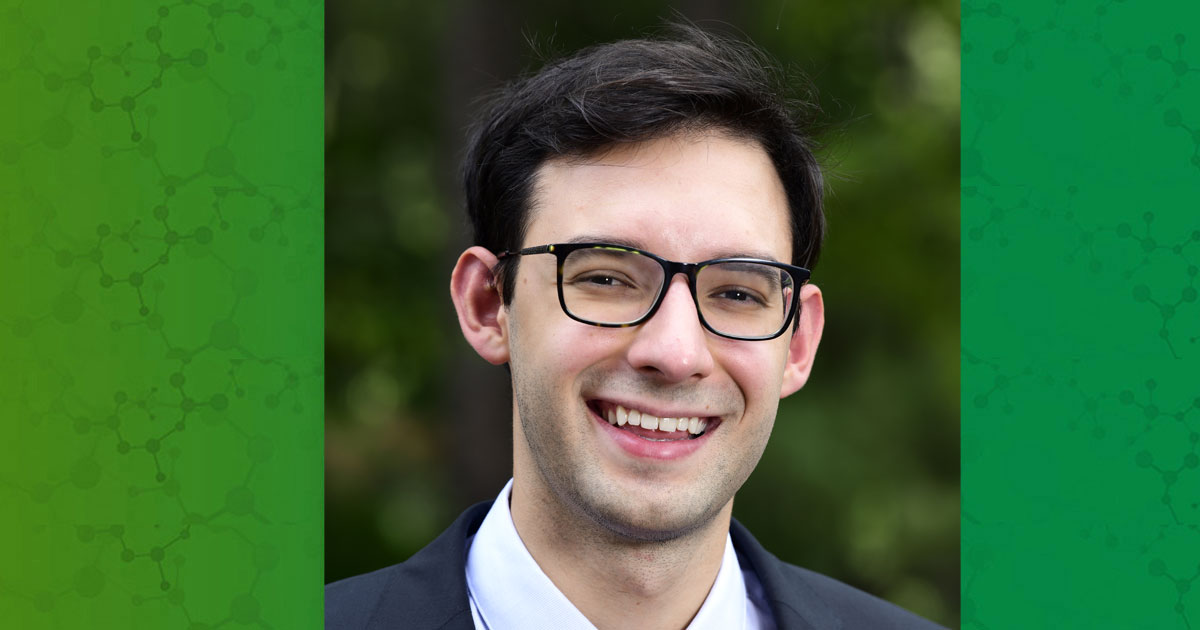Processes, Vol. 13, Pages 1004: Optimization of Gas–Water Two-Phase Holdup Calculation Methods for Upward and Horizontal Large-Diameter Wells
Processes doi: 10.3390/pr13041004
Authors:
Yu Chen
Junfeng Liu
Feng Gao
Xiaotao Yuan
Boxin Zhang
During natural gas development, the gas–water two-phase flows in upward and horizontal wellbores are complex and variable. The accurate calculation of the water holdup in each production layer using appropriate methods based on the logging data collected by fluid identification instruments can enable the precise identification of primary oil-producing and water-producing layers and facilitate subsequent water shutoff operations. In this study, we first investigated the measurement techniques and calculation methods for gas–water two-phase holdups both in China and internationally. Second, we conducted gas–water two-phase simulation experiments in upward and horizontal large-diameter wellbores using a Triangular Arm Array Imager (TAAI) equipped with six fiber-optic probes in a multiphase flow simulation laboratory. We then categorized the flow patterns observed in the physical simulation experiments based on typical theoretical classifications of gas–water two-phase flow patterns. Subsequently, we calculated the spatial positions of the fiber-optic probes and the local water holdup in the wellbore cross-section from the data collected by TAAI and compared the results obtained by Gaussian radial basis function (GRBF) or inverse distance weighted (IDW) interpolation algorithms. We processed the experimental data and found significant discrepancies between the holdup calculated by the two algorithms and the actual wellbore holdup. Therefore, we applied the Levenberg–Marquardt (L-M) algorithm to optimize these interpolation algorithms and discovered that the holdup obtained from the optimized algorithms aligned more closely with the actual wellbore holdup with reduced errors. Finally, we applied the optimized algorithms to the processing of measured data from a gas–water two-phase horizontal well. The results indicate that the L-M algorithm can improve the accuracy of 4–5% of holdup calculations. In the actual production process, the output situation of each production layer can be more accurately judged to provide important opinions for the subsequent actual production by this study.
Source link
Yu Chen www.mdpi.com

